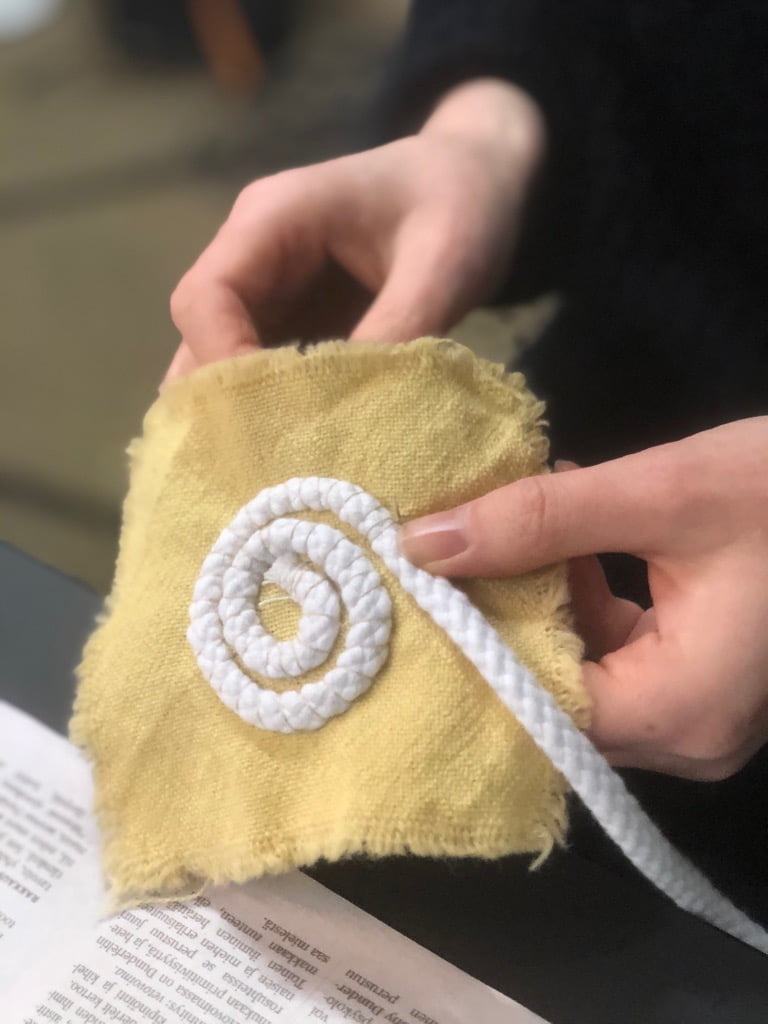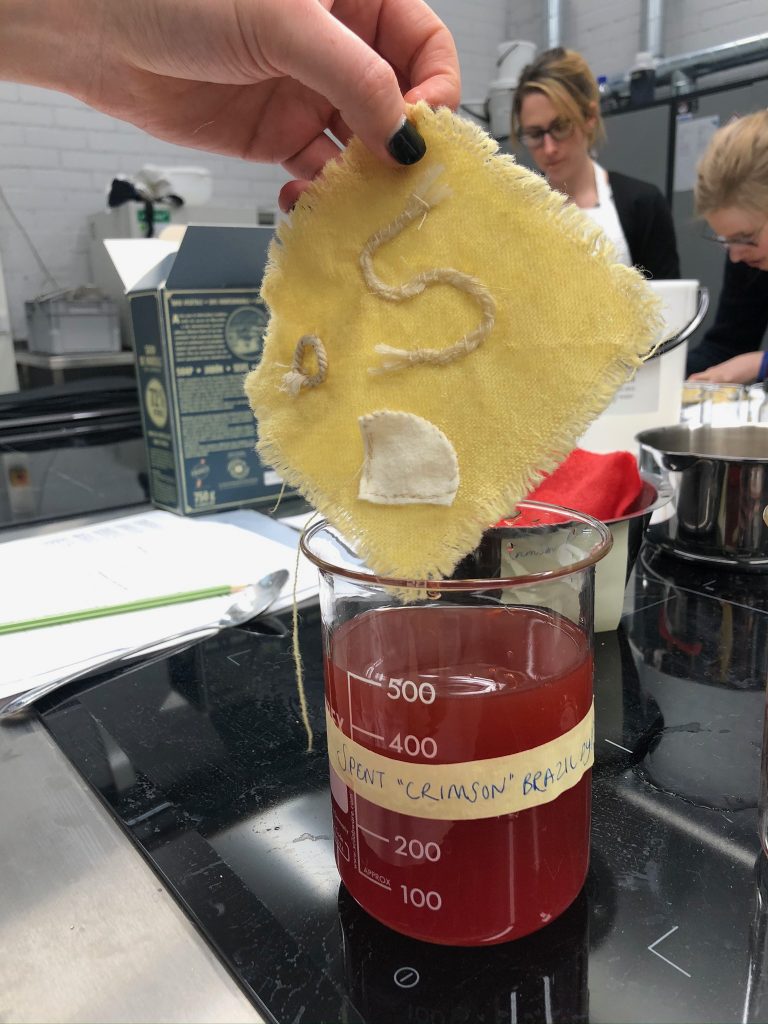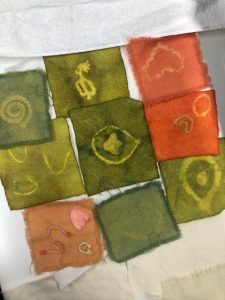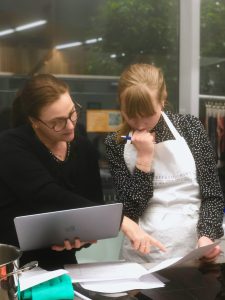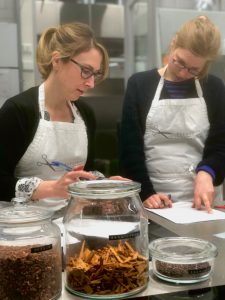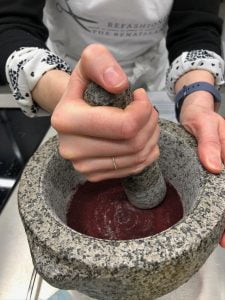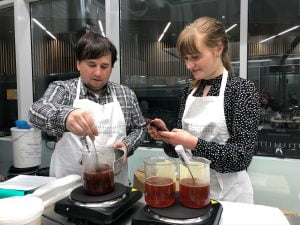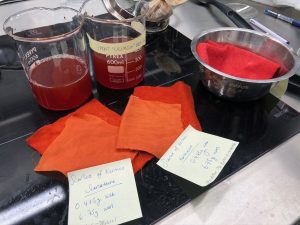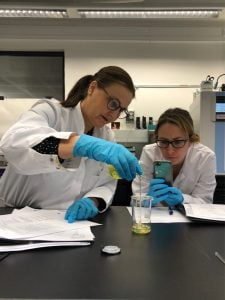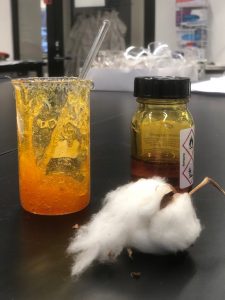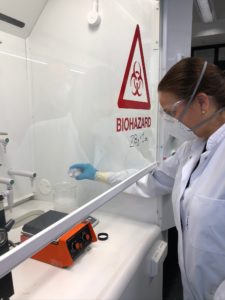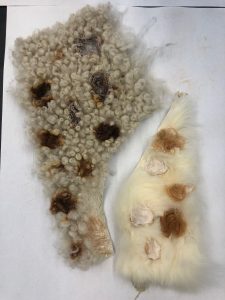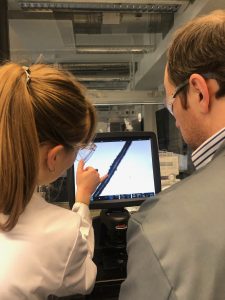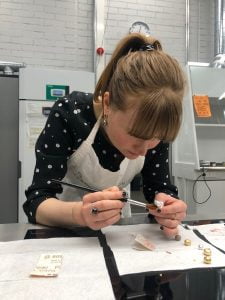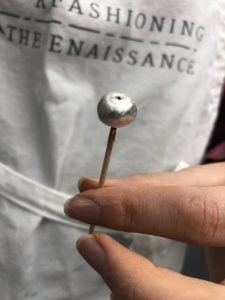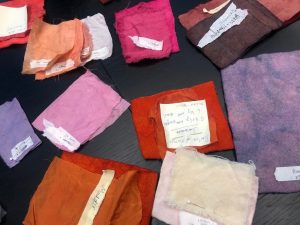Imitation in Early Modern Clothes and Accessories
Date: 10–12 March 2020
Location: Aalto University
Organised by: Sophie Pitman
Invited participants: Timothy McCall, Federica Boldrini, Maria Cristina Ganga
How could people dress up within their financial, social, and cultural means? Can snail shells and silver leaf combine to create a convincing fake pearl? Were imitation gems and fabrics attractive alternatives for people who could not afford or were not legally allowed to wear the real thing?
In the early modern period, there was a growing market for imitation materials such as fake gold, gems, and pearls, and textiles made out of blended fibres, which could provide a wider population with fashionable clothing and accessories that they could afford to purchase. In some cities, sumptuary laws explicitly forbade the use of fake materials, and some guilds sought to ban their members from using substitute materials. At the same time, craftspeople were experimenting with new recipes and techniques to investigate and manipulate the properties of materials, and found much generative knowledge in their attempts to recreate and imitate gold, pearls, and precious gems. Sometimes their newly created imitation materials were celebrated for being convincing substitutes, or even exceeding the originals in perfection.
This workshop sought to explore the idea of fake or imitation materials, to see if we could revise the negative associations we often hold for fictive or substitutive materials, and instead explore what these imitations meant to early modern makers and wearers.
Over three days, we followed sixteenth- and seventeenth century recipes and instructions to create materials that could be described as fake, mimetic, or imitative. We created fake amber, pearls, leopard fur, and damask, and also tested dye recipes that promised to imitate colours cheaply that would usually be dyed only with the most rare and precious dyestuffs. These recipes were selected from Italian, French, and German ‘how-to’ books and manuscripts.
This three-day workshop was organised and led by Sophie Pitman, and took place at Aalto University in the dye kitchens, Biofilia science lab, and conference rooms.
Aims:
- To investigate the concept of imitative or fake materials in early modern Europe
- To question what material and sensory properties were valued in dress and accessory materials
- To ask what methods we can use to bring these objects into focus, given how few examples survive in museum collections
- To explore whether methods that were recommended in early modern recipe books, both manuscripts and printed volumes, can be usefully reconstructed
- To discuss how combining sources and using experimental methodology can enhance our understanding of early modern clothing culture
Outcomes:
- By reconstructing these recipes, we questioned what ‘imitation’ might have meant to those who made and wore materials that mimicked other substances
- We interrogated the material properties of ingredients, and studied their multi-sensory effects
- We experienced what kinds of materials, skills, and negotiations were required of makers of imitation finery
- We witnessed how imitative effects could function at different levels – e.g. a fake pearl might imitate the luminosity and sheen of a real pearl at a distance, even if close up it was not a convincing substitute
- By combining our archival and visual sources with hands-on experimentation, we explored questions about imitation, material mimesis, fictive substances and ‘fakes’ in the early modern period


